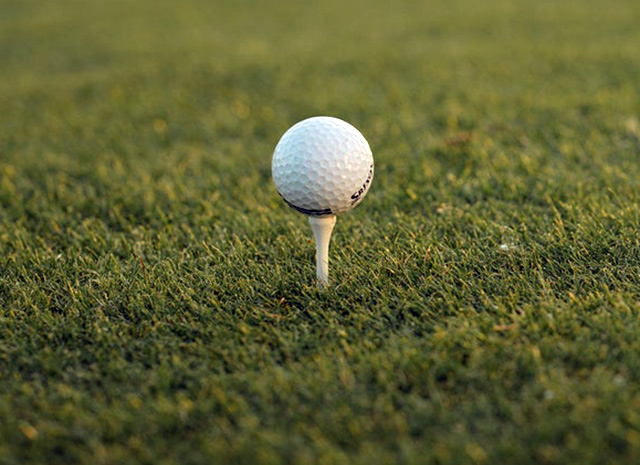The precursor to the game to golf involved hitting pebbles with a stick around the sand dunes of Scotland. As the game developed, the first balls specifically made for golf were made out of wood.
 golf ball
golf ball The feather golf ball, or 'Featherie', was introduced in 1618. These were thin, leather bags stuffed with feathers. In 1848, the Gutta Percha ball or 'Guttie' ball was invented, and could be hit no further than a Featherie, a maximum distance of 225 yards. The Guttie was made from the rubber-like sap of the Gutta tree, which when heated the rubber could easily be moulded into a sphere. They were also cheaper to make, and with the advent of the Industrial Age they were being made in moulds which further increased their affordability, consistency and quality.
In 1889, the one-piece rubber cored ball was introduced. These balls looked very similar to the Gutties but gave the average golfer an extra 20 yards. When hit by a professional, these balls could reach distances approaching 430 yards. These balls were constructed from a solid rubber core wrapped in rubber thread encased in a gutta percha sphere.
It had not taken players long to realize that older balls traveled further, and they began roughing up the surface of new balls to get the same effect. Many different surface patterns were experimented with. In 1905, a dimple pattern was first applied to a ball, the beginning of the design for the modern ball.
In 1921, the R&A and USGA standardized the size and weight of the ball. Though between 1931 and 1990 they differed on the dimensions of the golf ball, resulting in differences in the game on either side of the Atlantic.
Ball design did not change throughout the 1900s. It was not until 1972, when Spalding introduced the first two piece ball, the Executive. Today there is a large variety of golf balls available. Some offer control, some offer distance while others are suitable for practice only.
Related Pages
- All about Golf Balls
- Golf Ball Specifications — standards and testing specifications to ensure fairness and consistency in the game.
- See also the article about golf ball selection
- See the physics of golf, which has a section on why there are dimples on the ball.
- Golf Balls for sale in the online store
- History of golf
- History of golf clubs
- Ball Sizes in Sports


 Current Events
Current Events